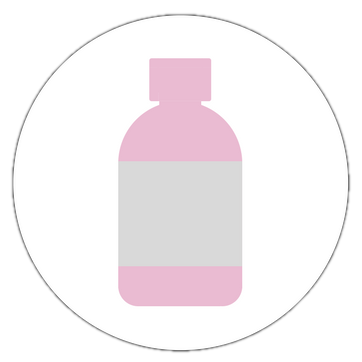Paracetamol and Ibuprofen Dose Calculator
About fevers
Fever (definition = 38 and above) is not harmful in itself, it just usually means there is an infection (which is normally caused by a virus in developed nations like NZ where most children are vaccinated). Reducing fever does not make the illness go away faster, and you should only treat any fever if your child is miserable with it. Fevers help the body fight infection.
Please see a doctor if your child is:
- Under 6 months old (especially under 3 months)
- Unusually sleepy
- Having difficulty breathing, especially if their chest is sucking in like this
- Disorientated or has a ‘fit’ (convulsion)
- Taking less than ½ normal fluids
- Complaining of a sore neck or head
- Complaining of pain – such as earache or abdominal pain
- Developing a rash (especially dark purple spots)
- Not improving within 48 hours
If you need an ambulance dial 111
If you are not sure what to do then see a doctor, talk to one of our nurses on 09 5796147, or call healthline after hours on 0800 611 116.
Fever definition, fever "height" and myths
The definition of fever in children is 38 and above. If the child is over 6 months old, higher temperatures do not generally mean things are worsening (meaning there is no difference between say 38.1 and 39.5) and there is no number where you need to start worrying. The child’s brain is finely tuned to prevent dangerous levels of temperature rise with fever (note, this is different from heat stroke where the temperature rise is from an external source).
See the list above for what is important to look out for. Note that age is one of the important factors: If your child is under 3 months always see a doctor if they have a fever over 38, if they are 3-6 months always see a doctor if they have a fever over 39.
You may have heard of seizures caused by fevers (febrile seizures). Reducing fever does not stop this from happening. Febrile seizures are caused by a rapid climb in the temperature and generally at the beginning of the illness. Also do not give paracetamol or ibuprofen to prevent fever, this doesn’t stop seizures either. Febrile seizures are rare, but when they do happen it is even rarer for there to be any sinister consequence. Fever and febrile seizures do not cause brain damage.
"Cooling measures" (don't)
Cooling measures such as sponging or stripping your child down are not recommended. These measures can reduce temperature but increase child discomfort. And as discussed, the main purpose of treating fever is to improve child comfort, and so cooling measures are counter-productive. Children with fever should be neither under-dressed nor over-wrapped.
Paracetamol or Ibuprofen or Both?
Both medications reduce fever and pain. Paracetamol is generally safer. If your child is happy with just paracetamol (even if they still have a fever), then just keep going with only the paracetamol.
If they are still miserable then there is the option of giving both, but please discuss this with us first. To use both, alternate paracetamol and ibuprofen every four hours. Don’t give them at the same time.
Avoid ibuprofen if they are dehydrated, have an allergy to it, or have had bleeding from their gut before.
And remember, if they have a fever but are happy then don’t give them anything.

Paracetamol and Ibuprofen Dose Calculator
Please make sure you select the correct strength for paracetamol.
Full calculator here
Fever is not dangerous in itself, only treat fever if the child is miserable.

